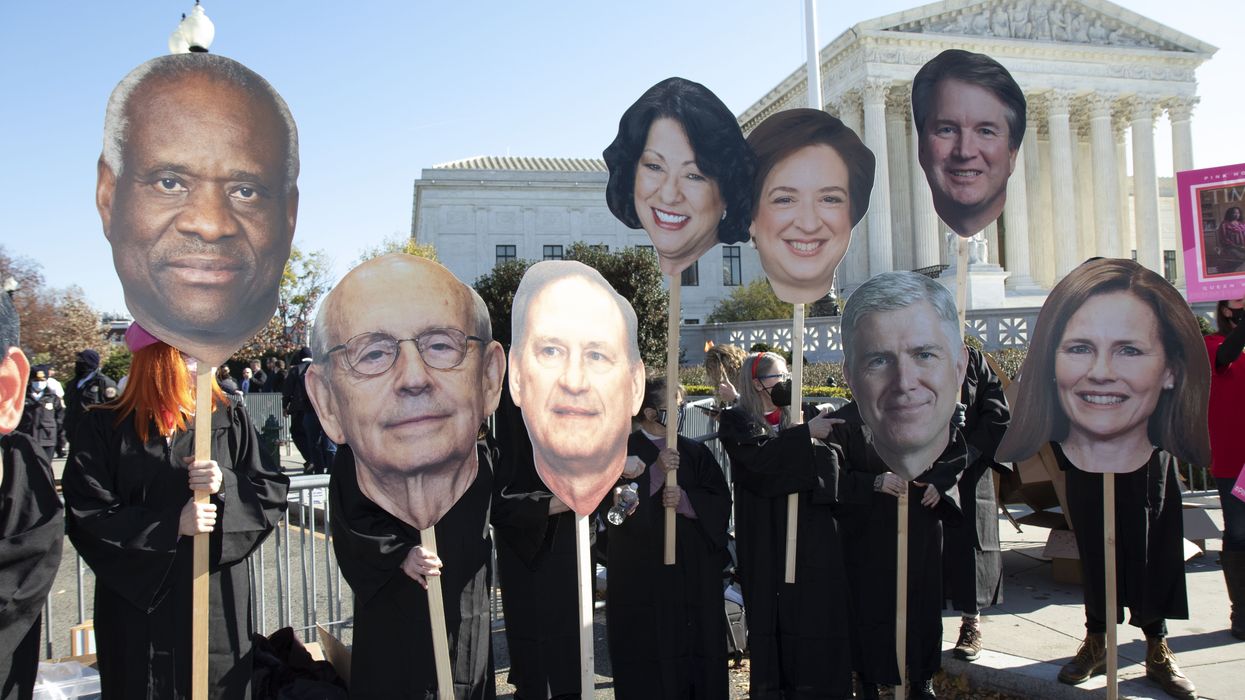Analysis
Tipping the scales: How the 2024 presidential election could define the future of the Supreme Court
Everyone knows there is a lot at stake in next week’s election, with voters deciding between two candidates with vastly different visions for the United States.
Oct 29, 2024

